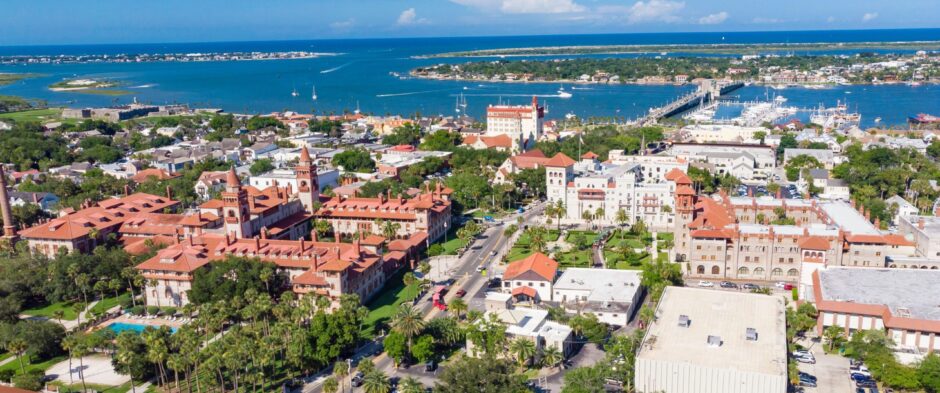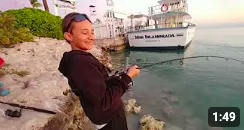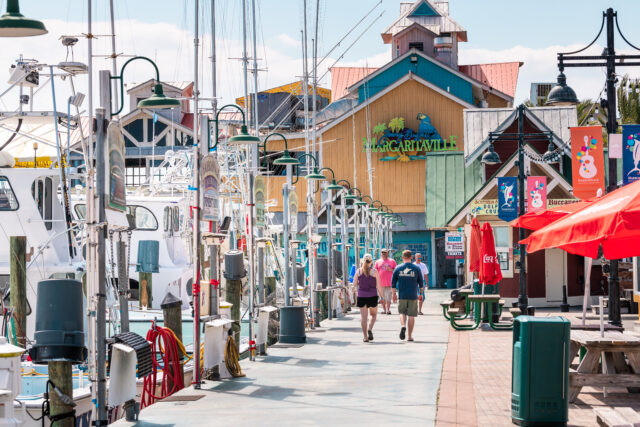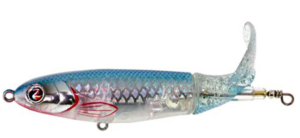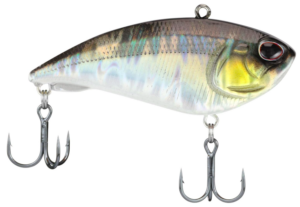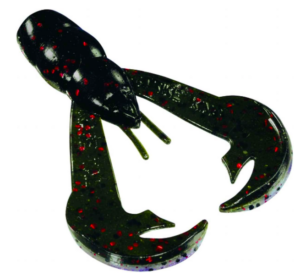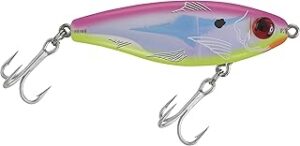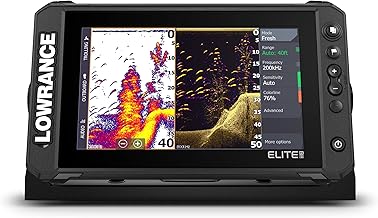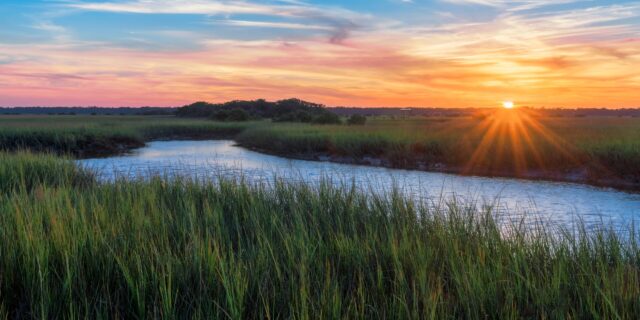
St. Augustine is home to some very good inshore fishing for a variety of fish. Most anglers target redfish, sea trout and flounder, but other fish such as sheepshead, mackerel, drum and other fish are available as well.
Spring
| Month | Avg. Air Temps °F (Hi/Lo) |
|---|---|
| March | 73° / 54° |
| April | 78° / 59° |
| May | 83° / 66° |
Action: Redfish, sea trout, and flounder become more active. Sheepshead bite peaks around bridges and docks.
Slow: Tarpon are not yet consistent in early spring.
Tips: Use live shrimp or mud minnows near structure; soft plastics for trout over grass flats.
Summer
| Month | Avg. Air Temps °F (Hi/Lo) |
|---|---|
| June | 88° / 72° |
| July | 90° / 74° |
| August | 90° / 74° |
Action: Tarpon run along the beaches and inlets; redfish and trout feed aggressively early and late in the day.
Slow: Midday heat can slow inshore bites.
Tips: Fish live mullet or pogies for tarpon; topwater plugs at dawn for trout and reds.
Fall
| Month | Avg. Air Temps °F (Hi/Lo) |
|---|---|
| September | 86° / 71° |
| October | 79° / 63° |
| November | 72° / 55° |
Action: Redfish school in the flats and around inlet jetties. Flounder fishing peaks.
Slow: Tarpon leave by late fall.
Tips: Use finger mullet for reds and flounder; target moving water around tide changes.
Winter
| Month | Avg. Air Temps °F (Hi/Lo) |
|---|---|
| December | 66° / 48° |
| January | 64° / 46° |
| February | 67° / 48° |
Action: Redfish and trout feed in deeper holes and channels. Sheepshead bite remains strong.
Slow: Tarpon and snook absent.
Tips: Fish slow with shrimp or soft plastics near bottom; use fiddler crabs for sheepshead.
